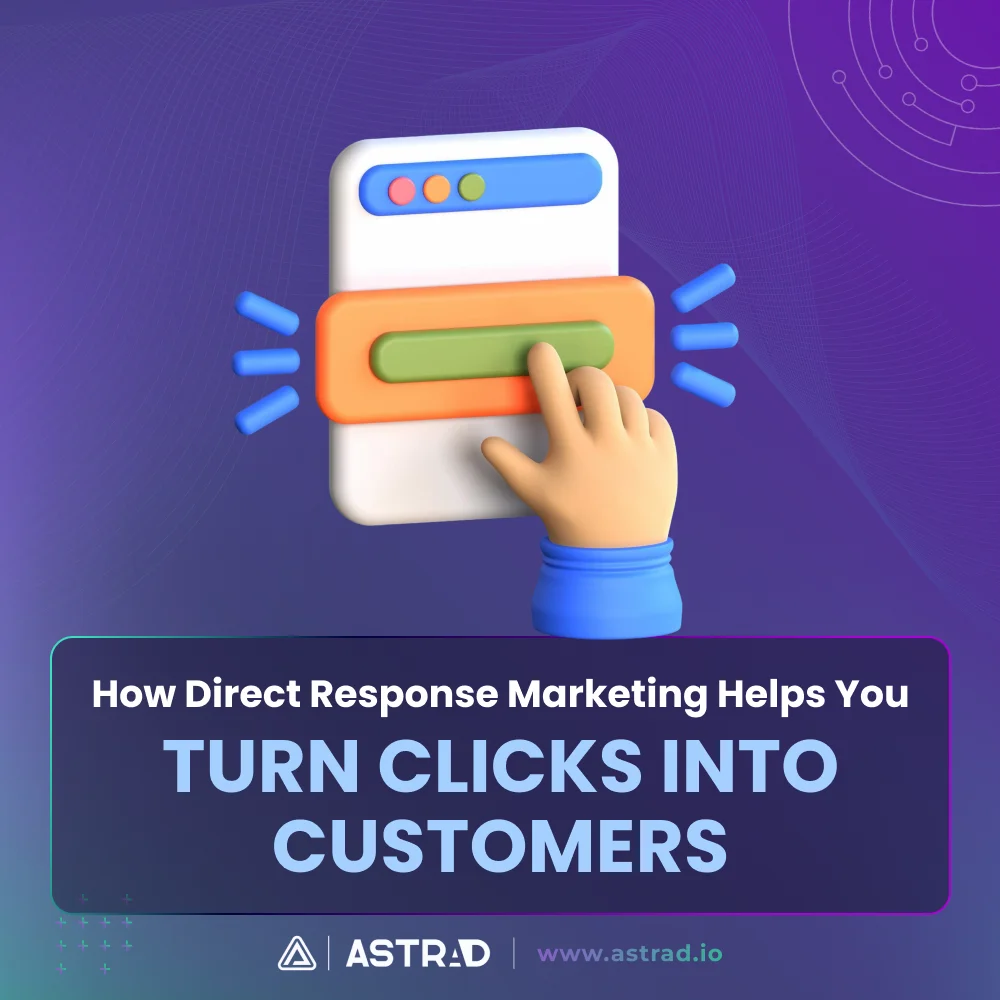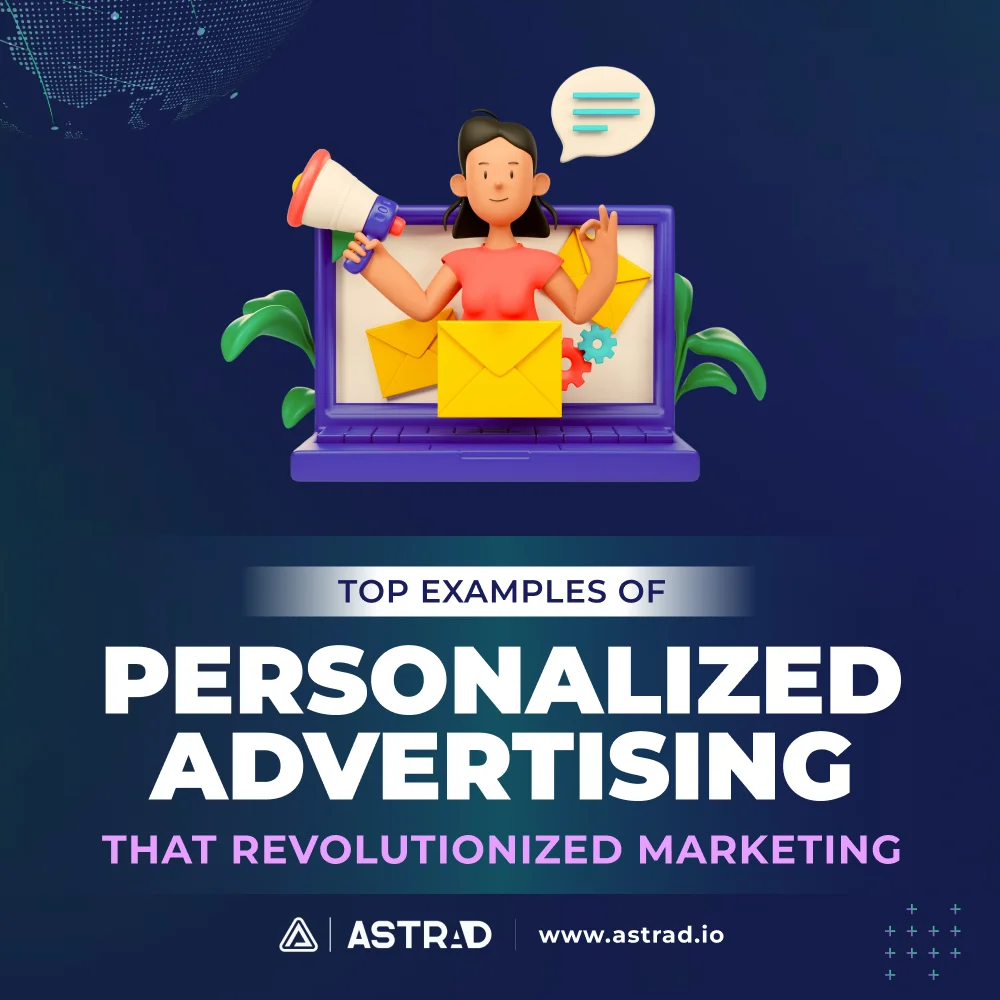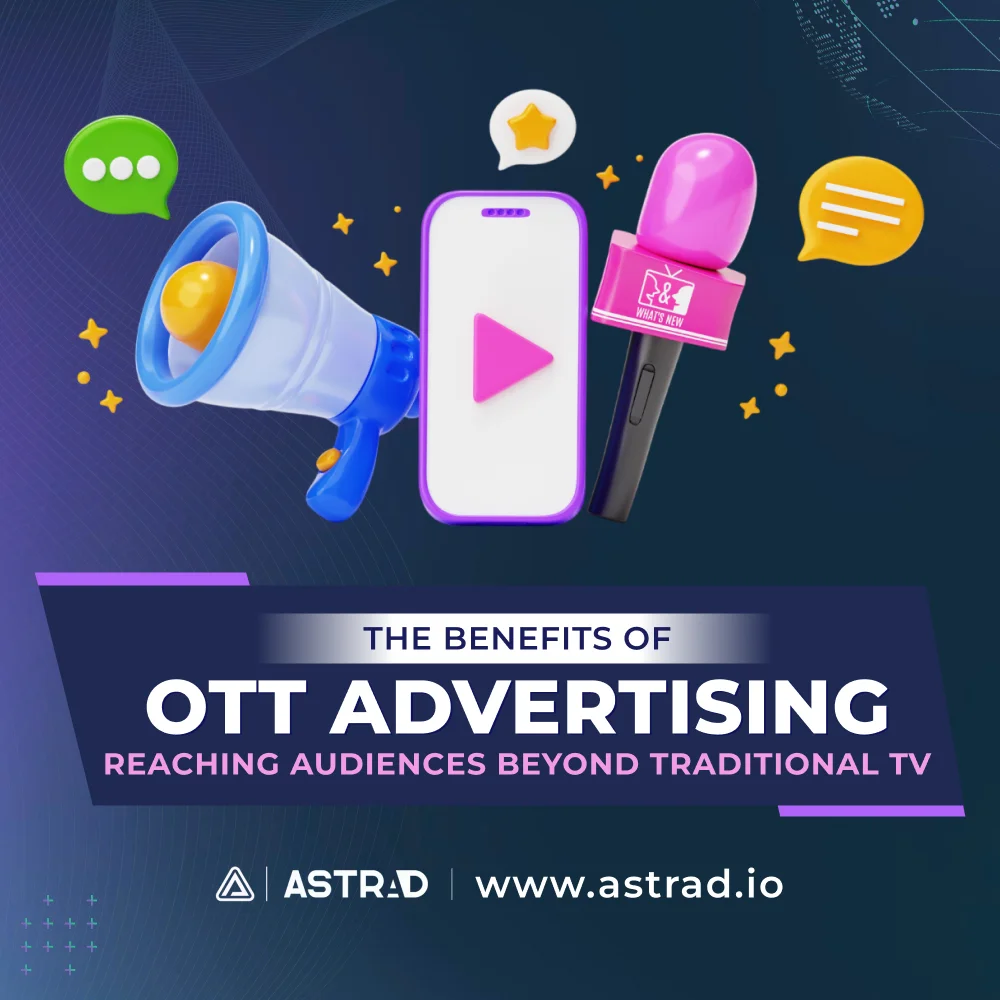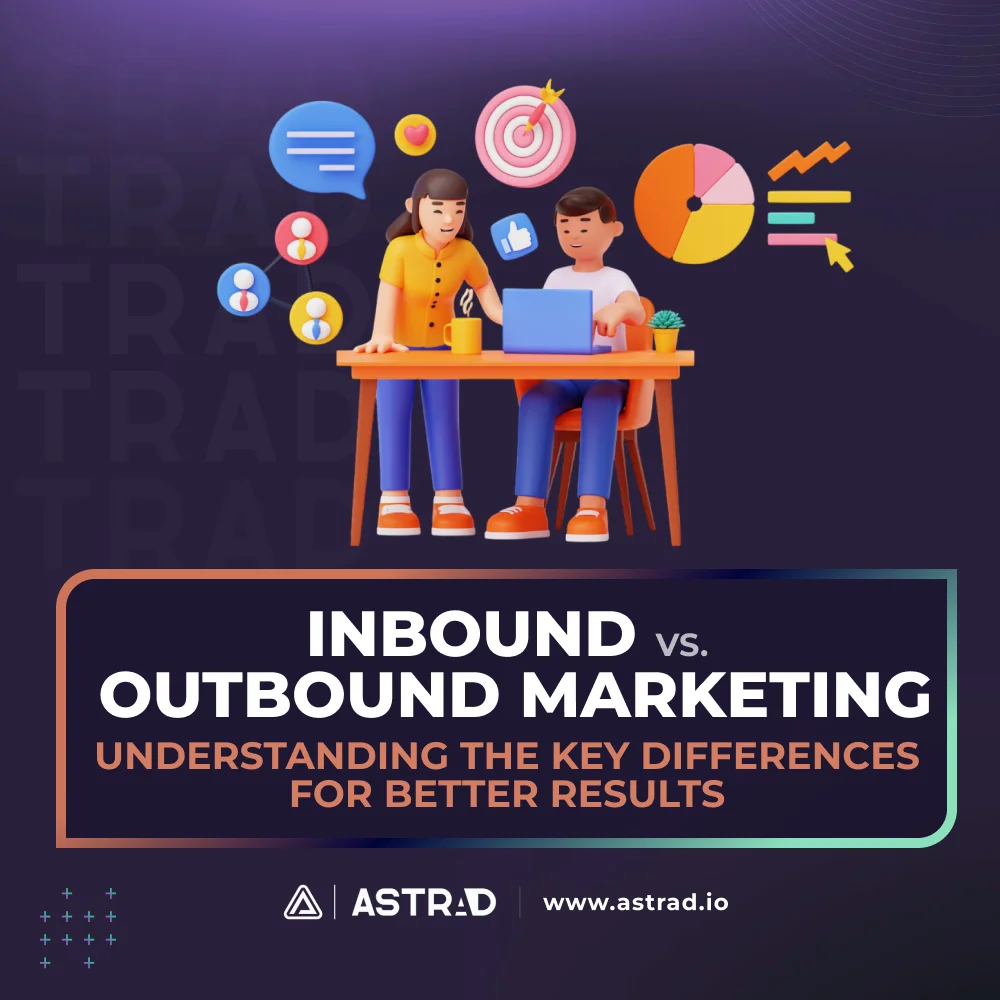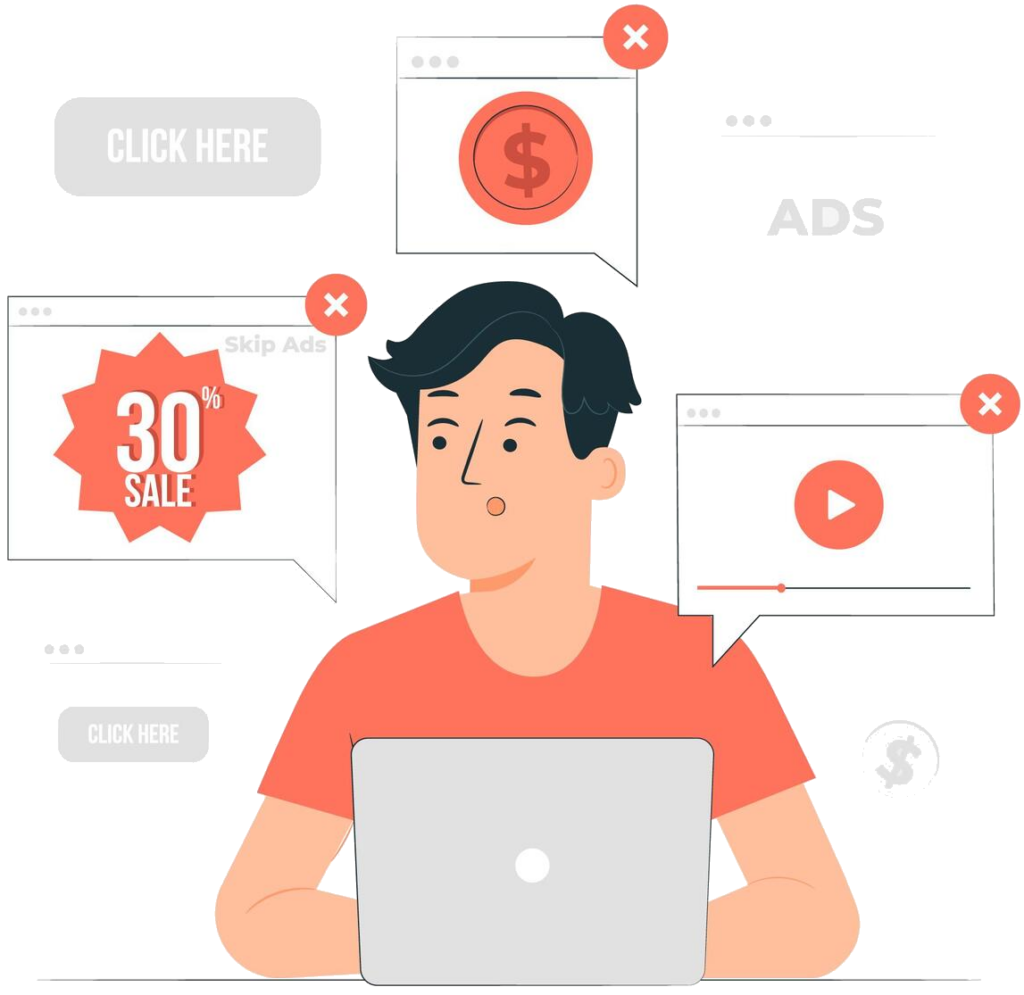Picture this: You’re scrolling through social media and see two ads. The first one shows a beautiful image of a luxury watch with the brand name. The second one hits you with “Get 25% off this limited-edition timepiece—only 24 hours left! Click now to claim yours.” Which one gets your finger tapping? If you’re like most people, that second ad just worked its magic on you. Welcome to the world of direct response marketing.
In a digital universe where we’re bombarded with over 10,000 marketing messages daily, brands that cut through the noise don’t just capture attention—they convert it. Direct response marketing isn’t about playing the long game of brand recognition; it’s about sparking immediate action. It’s the marketing equivalent of asking someone on a date instead of hoping they notice you across the room.
Why Focus on Conversion
Let’s be real—awareness is nice, but conversions pay the bills. While traditional marketing focuses on the “someday” customer, direct response marketing targets the “right now” buyer.
Think about it: Would you rather have 10,000 people who know your brand exists or 1,000 people who’ve actually handed you their email, credit card, or time? In today’s ROI-obsessed business landscape, direct response marketing delivers exactly what executives and entrepreneurs crave: measurable results and rapid returns.
What is Direct Response Marketing? The Action-Driven Approach
Direct response marketing is a strategy that cuts to the chase—it’s designed to trigger an immediate, specific action from your audience. Whether that’s clicking a button, filling out a form, making a purchase, or picking up the phone, it’s all about prompting action NOW, not later.
Unlike the “hope they remember us next month” approach of traditional marketing, direct response marketing creates a clear path from first contact to conversion. It’s the difference between planting seeds for future harvests and picking fruit that’s ready today.
Between the awareness and the purchase lies a critical gap—and direct response marketing is the bridge that gets customers across.
Key Features of Direct Response Marketing
What makes direct response marketing so effective at turning casual browsers into buyers? Let’s break it down:
- Compelling Call to Action (CTA): Every message has a crystal-clear next step. There’s no ambiguity about what you want the audience to do—whether it’s “Shop Now,” “Download Your Free Guide,” or “Start Your Trial.”
- Irresistible Offer: A value proposition so enticing that passing it up feels like a loss. This could be a discount, exclusive access, limited-time opportunity, or solution to an urgent problem.
- Sense of Urgency: Procrastination is the conversion killer. Direct response marketing creates time pressure that pushes people off the fence: “Only 3 spots left,” “Sale ends tonight,” or “First 50 customers only.”
- Trackable Results: Every click, form submission, and purchase is measured, giving you real-time data on what’s working and what isn’t.
- Personalized Messaging: Communication tailored to specific segments based on their behavior, preferences, and needs.
Direct Response vs. Traditional Marketing: Why the Difference Matters
Traditional marketing is like planting your logo on a billboard and hoping it seeps into people’s subconscious. Direct response marketing is like walking up to someone with exactly what they need and saying, “Here it is. Want it?”
While brand marketing builds awareness over time, direct response marketing demands immediate action. It’s not about being remembered tomorrow—it’s about getting results today.
Think of it this way: Traditional marketing plants seeds. Direct response marketing harvests the crop.
How Direct Response Marketing Turns Clicks into Customers
The magic of direct response marketing lies in its ability to transform passive interest into active engagement. It’s about capturing that fleeting moment when someone’s attention is yours and converting it into something tangible before they drift away.
The customer journey in direct response marketing is compressed and intentional. There are no wasted touchpoints, no “just checking in” messages—every interaction pushes toward conversion.
The Role of Conversion Optimization
In the direct response world, getting clicks is just the beginning. The real art lies in what happens after that click—the science of conversion optimization.
This means creating landing pages that deliver on your ad’s promise, forms that don’t frustrate users into abandoning them, and checkout processes that remove every possible obstacle between desire and purchase.
A well-optimized direct response funnel doesn’t leave conversion to chance—it engineers it through strategic design, persuasive copy, and psychological triggers that overcome hesitation.
Immediate Action Triggers
The most successful direct response marketing campaigns leverage powerful psychological triggers that prompt immediate action:
- Limited-Time Offers: Creating a sense of urgency through deadlines or limited availability taps into our fear of missing out. “Flash sale ends at midnight” creates a now-or-never moment that overcomes procrastination.
- Clear Value Proposition: When people instantly understand how your offer solves their problem or improves their life, the decision to act becomes obvious. “Stop wasting hours on spreadsheets—our software cuts reporting time by 80%” speaks directly to a pain point with a clear solution.
- Risk Reversal: Money-back guarantees, free trials, and no-obligation offers remove the biggest barrier to conversion—risk. When customers have nothing to lose, saying “yes” becomes much easier.
The Direct Response Journey
Here’s what the direct response process typically looks like:
- A targeted prospect sees your compelling ad with a clear benefit
- They click through to a focused landing page that expands on the promise
- They encounter an irresistible offer and straightforward call to action
- They convert by taking the desired action (purchase, sign-up, etc.)
- They receive immediate confirmation and follow-up
Each step is designed to maintain momentum and guide the prospect toward conversion without distractions or detours.
Benefits of Direct Response Marketing: Why the ROI Speaks for Itself
The advantages of direct response marketing extend far beyond just driving immediate sales. Here’s why businesses across industries are shifting budgets from awareness campaigns to direct response initiatives:
Lower Marketing Costs with Targeted Efficiency
Direct response marketing eliminates waste by focusing resources on prospects most likely to convert. Rather than paying to reach everyone and hoping the right people are watching, you specifically target those with high conversion potential.
By continually testing and optimizing campaigns based on real performance data, you can progressively lower your cost per acquisition. Every dollar works harder when you know exactly which messages, offers, and channels drive results.
Targeted Audience Reach That Connects
The precision of direct response marketing means your message reaches the right people at the right time. Instead of broadcasting to the masses, you can segment your audience and craft messages that speak directly to their specific needs and motivations.
This level of targeting creates a connection that generic advertising simply can’t match. When someone feels like you’re speaking directly to them and their situation, their resistance naturally lowers.
Increased Engagement Through Relevance
When your marketing addresses specific pain points and desires, engagement skyrockets. Direct response campaigns typically see higher click-through rates, longer time on the page, and more meaningful interactions because they’re relevant to the audience.
This engagement isn’t just about keeping attention—it’s about building momentum toward conversion. Each interaction brings the prospect closer to the ultimate action you want them to take.
Higher Conversion Rates and Measurable Results
Perhaps the most compelling benefit of direct response marketing is its ability to deliver measurable results. Unlike traditional brand advertising, where impact can be difficult to quantify, direct response campaigns provide clear data on:
- Exact number of conversions
- Cost per acquisition
- Return on ad spend
- Customer lifetime value
- Campaign performance by segment
This accountability transforms marketing from a cost center to a proven revenue generator with demonstrable ROI.
From Clicks to Customers: Your Direct Response Marketing Gameplan
The beauty of direct response marketing lies in its blend of art and science—creative messaging that triggers emotional responses, delivered through meticulously tested channels and optimized based on performance data.
As digital noise increases and consumer attention spans shrink, the ability to not just capture attention but immediately convert it into measurable action becomes increasingly valuable. Direct response marketing isn’t just another strategy—it’s the difference between hoping for results and driving them.
By leveraging clear calls to action, compelling offers, and continuous optimization, direct response marketing creates a straight line between customer interest and customer action. In a world where marketing budgets face growing scrutiny, direct response marketing stands out for its ability to demonstrate a clear, measurable return on investment.
Ready to transform your marketing from passive impression-making to active conversion-driving? Start implementing direct response marketing strategies today. Test one campaign, measure the results, optimize, and scale what works. Your metrics—and your bottom line—will thank you.
The click is just the beginning. What happens next is up to your direct response strategy.

